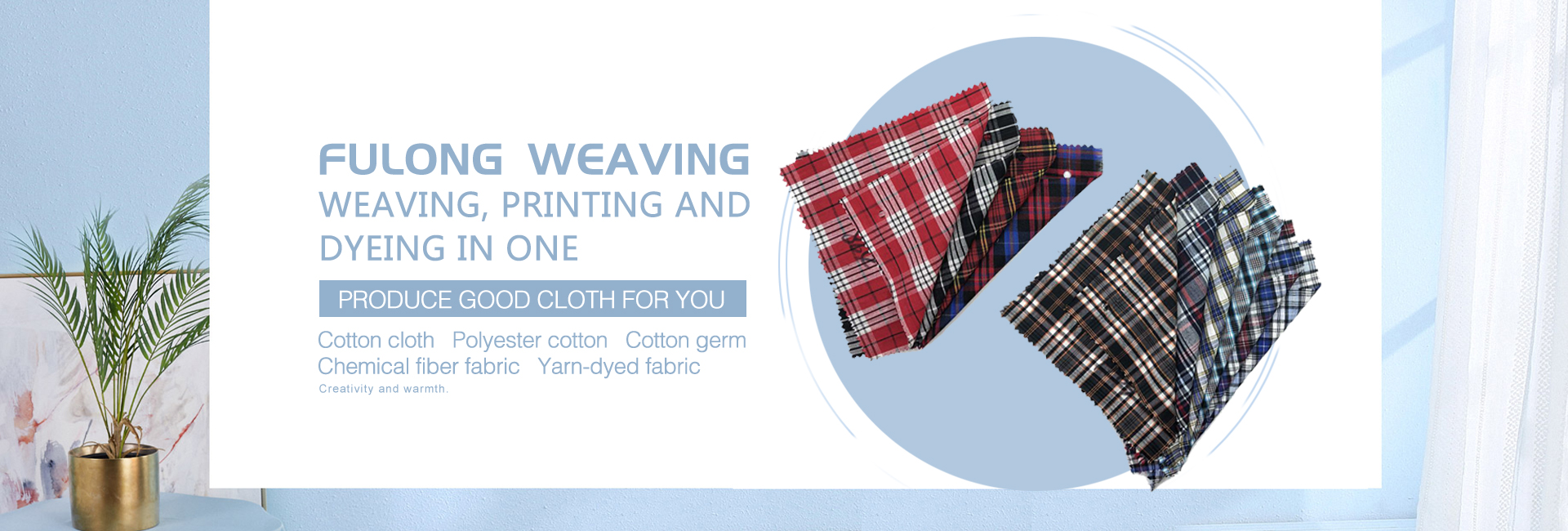

Natural fibers such as cotton, linen, silk, and wool are dyed much better than synthetic fibers. Dyeing is both an art and a science, so don't hesitate to experiment. For example, we like to combine liquid dyes to form our own colors. Modify this technique for items other than fabric, soak them in dye, and note the color of each item.
Fabric dyeing method
You don't have to start with a white fabric, if you want to redesign a colored item, try using a color remover (similar to bleach, but not damaged) before dyeing. This will whiten or brighten the fabric, giving it a new color.
1. If the fabric is new, please wash it clean. Cover the work surface with a flannel. Bucket, hopper, or stainless steel sink (large enough to hold the cloth loosely) with very hot tap or boiling water. (For wool, water should be warm, not hot.) Put on rubber gloves, add liquid dye, and mix colors as needed. Cotton and linen must be salted, and wool and silk must be white vinegar; the quantity depends on the size of the dye tank. (These additives help dye the fabric.)
2. Wet the fabric thoroughly (you can wet large pieces of fabric during the rinse cycle of the washing machine), and then soak in the dye tank. Use a stainless steel spoon (or a wooden spoon for dyeing only) and move the fabric in water to avoid uneven dyeing. Keep the item in the dye for 5 to 15 minutes and keep stirring. Make the fabric darker than you want because it will fade slightly as you rinse and dry.
3. Carefully remove the fabric from the dye and rinse with tap water, starting with warm water and then cooling it until it becomes clean.
4. Wash the items with a mild detergent in a cold cycle, and then air dry.

全國服務熱線
0536-7722133